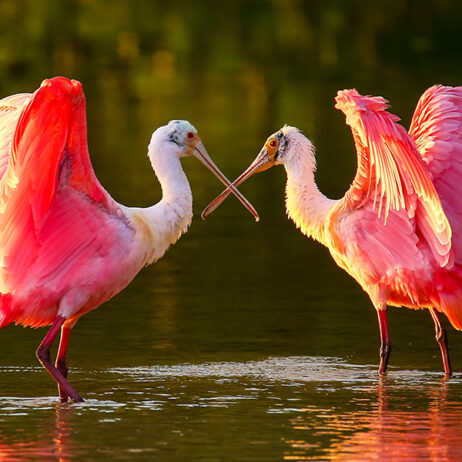
In densely populated countries like India, wildlife corridors such as the ones WTI has protected with help from WLT and others are becoming crucial for the long-term prosperity of both elephants and people. Credit: Marie Chambers.
This is the latest entry of the Barnes’s Bestiary series, written by journalist, author, World Land Trust (WLT) ambassador and member of the WLT council Simon Barnes. See here to read all of Simon’s other entries so far.
You will find the headquarters of WLT at the far end of The Thoroughfare, the main street of the pleasant Suffolk town of Halesworth. A few years ago I was asked to address the children of a nearby primary school on the subject of Asian elephants.
I was appalled. This was way beyond anything I was used to. How do I talk to a room full of nine-year-olds? How does anybody? But my wife solved the problem with a stroke of genius. She created an image of an Asian Elephant walking down The Thoroughfare.
At once all the problems that surround the lives of elephants in Asia were made vivid and immediate. Elephants are too big for English country towns. They are almost too big for anywhere. The more crowded the place, the bigger they seem to be. In India they are almost too enormous to contemplate.
I had been spending time in India with LT partner organisation Wildlife Trust of India, and seen what they were doing for elephants. It’s all about trying to keep humans and elephants separate: to keep crops and dwellings away from the traditional migration routes. If you can look after the land that lies between one forest and another, life is better and safer for humans and elephants alike. Such places are called elephant corridors. I met a woman whose house was destroyed by an elephant – while she was inside it. She was all in favour of elephant corridors.
It’s hard being an elephant in the modern world. It’s hard enough being an African Elephant, but at least in Africa there are still the vast spaces of national parks. Most of Asia is far more crowded. Forests and other elephant habitats have been broken up, and when the elephants travel from one bit of fragmented habitat to another, they inevitably clash with people. Unless there are corridors.
Some corridors have now been established with the help of WLT supporters, allowing people and elephants to coexist. A great deal more work needs to be done, but in an increasingly crowded world we need elephants more than ever.
In a world of overcrowded, fragmented wild spaces, the protection of natural corridors is becoming crucial – a priority if we are to ensure that wildlife and human communities can each have the space they need to live and thrive.
The work Simon Barnes witnessed while visiting WTI in India could not be more important and is delivering results: our partner’s protection of the Tirunelli-Kudrakote corridor, made possible by donations to WLT, offered a lifeline not just to elephants. Local villages benefitted too, through increased crop safety and a rise in job opportunities.
This is essential work you could play a part in. Your donations to our Action Fund will ensure that our partners like WTI can bring conservation action wherever and whenever it’s most needed – helping create the corridors of tomorrow!

